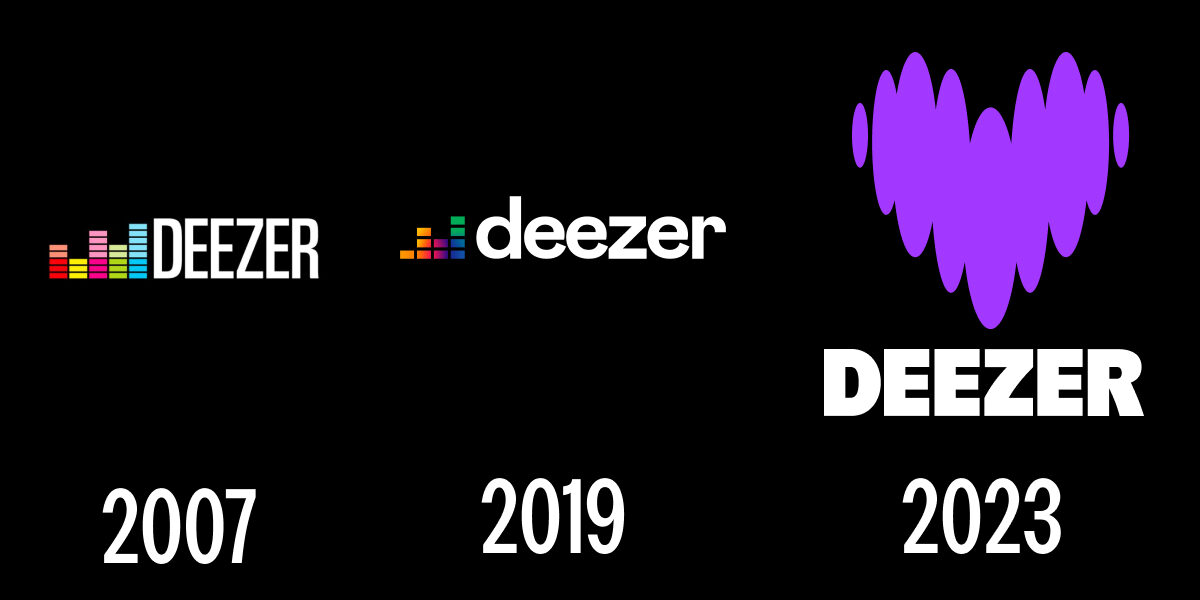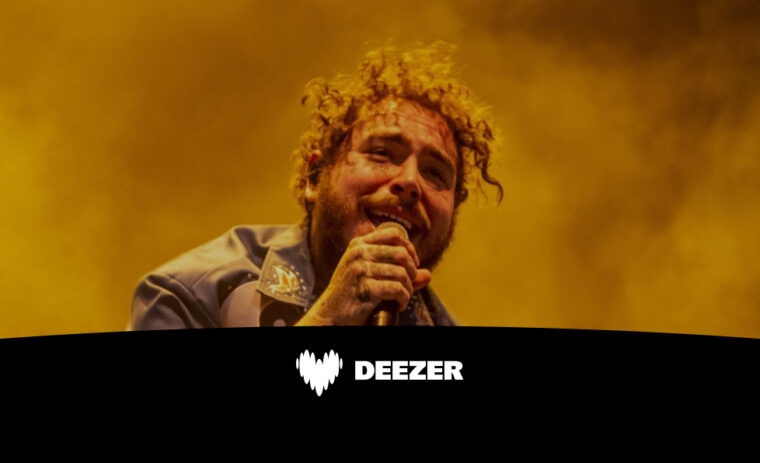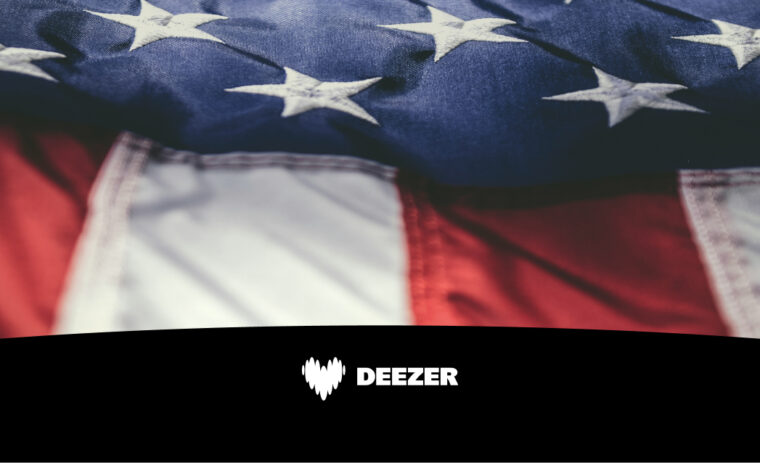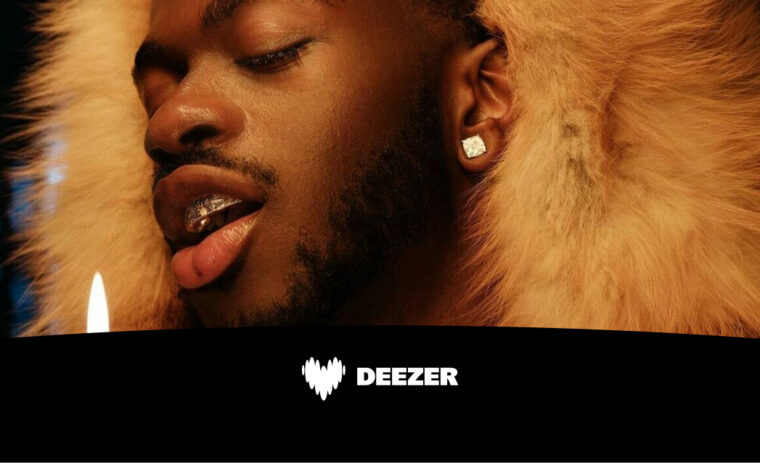2007 was a seminal one in the world of technology and pop culture. In January, Microsoft launched Windows Vista, its new operating system, via digital download. In June, Apple, Inc. released the first iPhone in the United States, transforming interpersonal communications, among other innovations. And, in August, the France-based music streaming site Deezer was launched, revolutionizing how millions of people around the world would access and listen to their favorite music.
Like many tech start-up success stories, Deezer began with the essentials as they worked out deals with the major music labels. Even so, hundreds of thousands of music fans quickly became monthly users, and within just a couple of years, that number had reached over seven million. Today, Deezer is one of the world’s largest independent music experiences platforms, with thousands of artists, albums, and songs available and millions of users worldwide. A look back at the journey from then to now reveals how music, culture, and Deezer has changed.
The Birth of Deezer
When co-founders Daniel Marhely and Jonathan Benassaya launched Deezer, the pop music landscape was in transition. The grunge typified by Nirvana and Pearl Jam and the gangsta rap of Snoop Dogg and Dr. Dre that had dominated much of the prior decade had mostly faded, giving way to a wide variety of styles and sounds. Beyoncé released her second solo studio album, B’Day, the year before, with hit singles continuing to filter out (her duet with Shakira, “Beautiful Liar,” hit number 3 on the Billboard Hot 100 a few months before, with “Get Me Bodied” following with a release in July 2007). On the other end of the pop music spectrum, nu-metal rockers Linkin Park released their third album, Minutes to Midnight, in May, which quickly shot to number one on the Billboard charts and spawned hit singles like “Bleed It Out” and “What I’ve Done.”
Meanwhile, emerging solo superstar Justin Timberlake was in the middle of his world tour supporting his second studio album, FutureSex/LoveSounds. The tour also featured performances of hit songs from Timberlake’s debut solo album, Justified, alongside a medley of hits from his original band *NSYNC. Timberlake’s concert series was the third-highest-grossing concert tour of the year, topped only by The Police’s reunion tour and prog rock veterans Genesis’s stadium shows.
Growing Gains
Deezer began to take off as the new millennium’s first decade ended. By the end of 2009, Deezer had successfully negotiated a number of deals with the major music labels, enabling the fan-loved site to include a wider selection of artists and songs. That was also when Deezer introduced its subscription service, Deezer Premium, along with improved audio quality and mobile device access, allowing users to hear their favorite tunes on their phones, electronic tablets, or computers. Deezer partnered with French telecommunications giant Orange a year later, exponentially expanding its subscriber base and reach. The partnership also helped Deezer expand internationally, becoming fully available worldwide by 2013.
The growing success spurred interest from more and more companies seeking partnerships, with brands such as BOSE, Samsung, and ProSiebenSat.1 signing on in 2014 — and BMW coming aboard in 2015. Also in 2014, Deezer Flow debuted, enabling listeners to personalize their experience by prioritizing selected song favorites. Deezer Flow provided HiFi, part of a partnership with American audio products company Sonos, offering users superior sound quality. Deezer Podcasts, launched in 2015, providing users with even greater value as pop culture continued to adapt to the digital world. And by 2016, Deezer was cracking the sports market, breaking out partnerships with both the Manchester United and Barcelona F.C. soccer teams. So along with finding hot chart toppers including Mark Ronson and Bruno Mars’ “Uptown Funk” or Hozier’s “Take Me to Church,” it was now possible to also catch the coverage of world-class athletics.
By the end of 2016, Chinese powerhouse Huawei had partnered with Deezer, easing entry into one of the world’s largest markets and enabling millions of Chinese greater — and easier — access to their favorite digital content.
Upward Mobility
As the 2010s ended, Deezer continued to expand, putting a spotlight on the growing Deezer vs. Spotify rivalry. An improved version of Deezer HiFi was introduced in 2017, as was the artist development program known as Deezer NEXT (now known as Deezer Focus in the UK and Ireland, Deezer Aposta in Brazil, and Deezer Fresco in Latin America).
In 2019, Deezer broadened its reach again with the introduction of Deezer Spleeter, enabling audio engineers to separate tracks from a single flat audio file, creating distinct multi tracks for possible use in music, podcasts, or other digital applications.
As Deezer evolved, the pop music landscape did the same. In the late 2010s, Lizzo took over the charts, with her breakthrough third album, Cuz I Love You, dropping in April 2019, perhaps rivalled only by Lady Gaga, still revelling in the glow of 2018’s A Star is Born soundtrack. Meanwhile, in the world of podcasts, few in 2019 could top Dolly Parton’s America for pure interest and charm.
Into the Future
As the 2020s dawned, Deezer continued to develop and improve. Features like geolocalization allowing country-specific offerings and synchronized lyrics were launched in 2020, while 2021 saw the introduction of the Deezer app and a new Flow feature called Moods, letting you listen to just the right tunes to fit your frame of mind.
Deezer kept growing as Luxembourg-based media company RTL partnered up in 2022, and a merger with I2PO Spac culminated with a listing on the leading European trading exchange Euronext in Paris.
When we look at the future, we see (and hear) good things coming. Today, Deezer downloads top one million each month. And, with the record of growth and improvement that it’s already shown, it’s safe to say that this music streaming giant will continue to bring artists and fans together.






